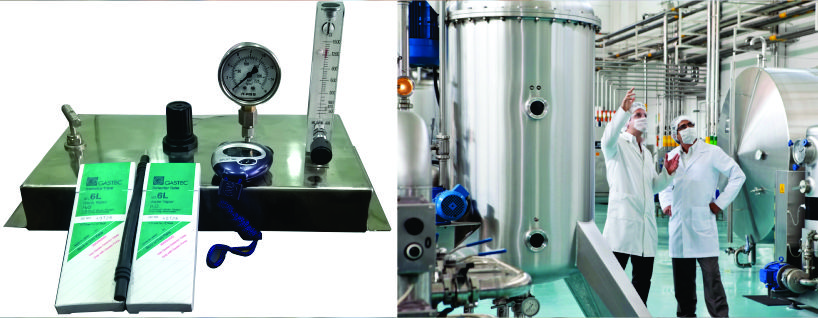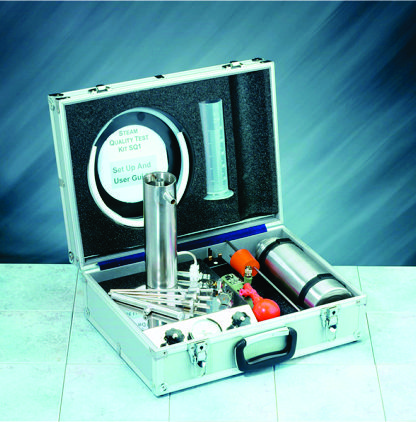


Bfresh acknowledge the significance of product risks by monitoring the air against quality standards, testing, giving accurate results and advising the risk factor to the clients. Testing and monitoring of compressed air and other process gases such nitrogen, oxygen, argon and carbon dioxide that comes into direct contact with pharmaceutical products is vital to assuring the quality and safety of those products. Compressed Air validation is a critical component in the production of pharmaceutical industry and effects on the quality of the end product. It is used by operatives working in a number of industrial sectors including oil and gas, Pharmaceutical, Manufacturing, nuclear, diving and in medical applications. Compression of ambient air concentrates the normal contaminants already present in the air and can also establish other contaminants such as Oil vapor, Condensed water and Bacteria.
Bfresh validate Compressed Air in all kinds of industries as the demand for compressed air quality depends on its usage, we can also validate Compressed Air in some industries where they require extremely high quality air along with Breathing Air Validation, Instrument Air Validation and Nitrogen Gas Validation.
Compressed air is air which is kept under a pressure that is greater than atmospheric pressure. It offers many domestic and industrial purposes. Compressed Air is an indispensable energy source and is utilized in multiple operations in industries. When properly treated, Compressed air is regarded as a guarded, scrubbed utility, as compared to other energy sources. Compressed provides the energy source for pneumatic conveyers that fetch liquids, powders and moisture sensitive product throughout the plant.
The International Standard Organization sets quality standards for Compressed air as ISO: 8573.
The testing involved in pure steam validation requires a continuous supply of saturated steam; preferably sourced from the actual line that supplies your sterilization systems. Too high level of non-condensable gases will prevent the realization of sterilization; too little moisture carried in suspension may allow the steam to become super-heated during extension into the chamber, while plethora of moisture may cause damp loads. Where steam systems are either routinely or irregularly shut down, substantial quantity of air will be present in the distribution system on restore. It is suggested that in such circumstances a thorough and validated venting procedure should be applied and examination of steam quality should be routinely executed.
